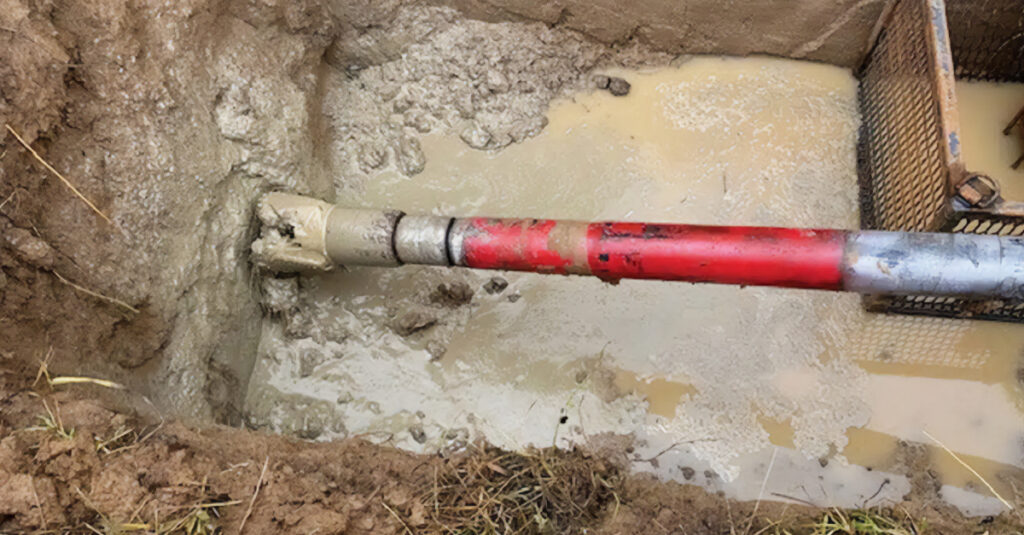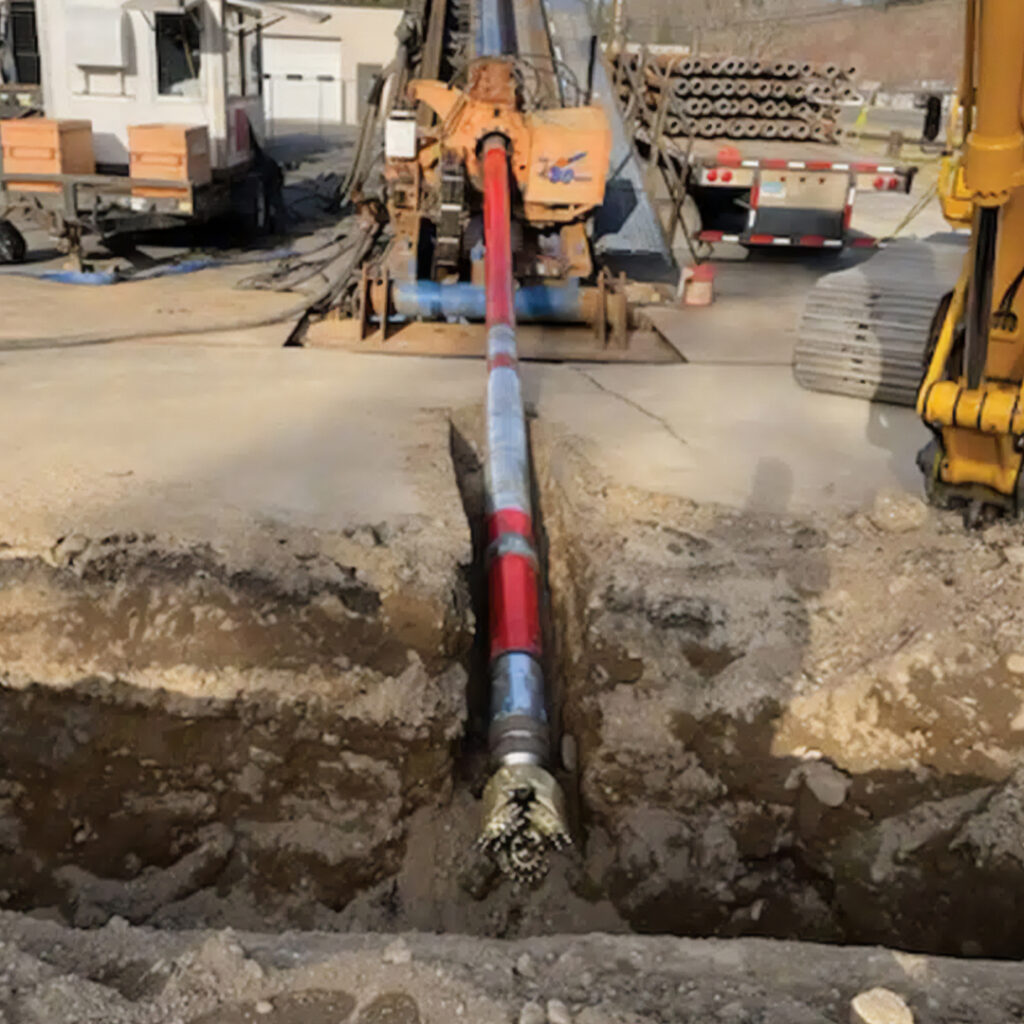Maximizing Directional Motor Performance in HDD
Published — 2024-10-24Brad Reinsel, U.S. regional director at Inrock, recently shared his insights in Trenchless Technology Magazine on maximizing the performance of directional motors in horizontal directional drilling (HDD).

Directional motors have been essential in horizontal directional drilling (HDD) for drilling pilot holes in rock. Over the years, motors have evolved significantly, now capable of handling much larger bit sizes. However, understanding motor limitations, especially regarding bend radius, is crucial for preventing damage and ensuring optimal performance.
Motor capabilities and key radius guidelines
Different motor sizes require specific minimum bend radii to avoid excessive stress:
- 5-in. and 6-3/4-in. motors: Minimum radius of 1,200 ft (0.75 degrees per 15-ft joint)
- 8-in. motors: Minimum radius of 2,000 ft (0.85 degrees per 30-ft joint)
Ignoring these limits leads to increased wear, costly repairs, or even catastrophic motor failures, such as broken threaded connections.

Optimizing motor performance
The effectiveness of a directional motor depends on mud flow—higher flow results in better horsepower, faster bit speeds, and overall efficiency. Additionally, choosing the right lobe configuration and power section based on the formation is key to maximizing rate of penetration (ROP) and motor performance.
Respecting motor limitations and optimizing key parameters such as mud flow and motor configuration are critical to improving performance and reducing risks in HDD projects.
Read the full article in Trenchless Technology Magazine